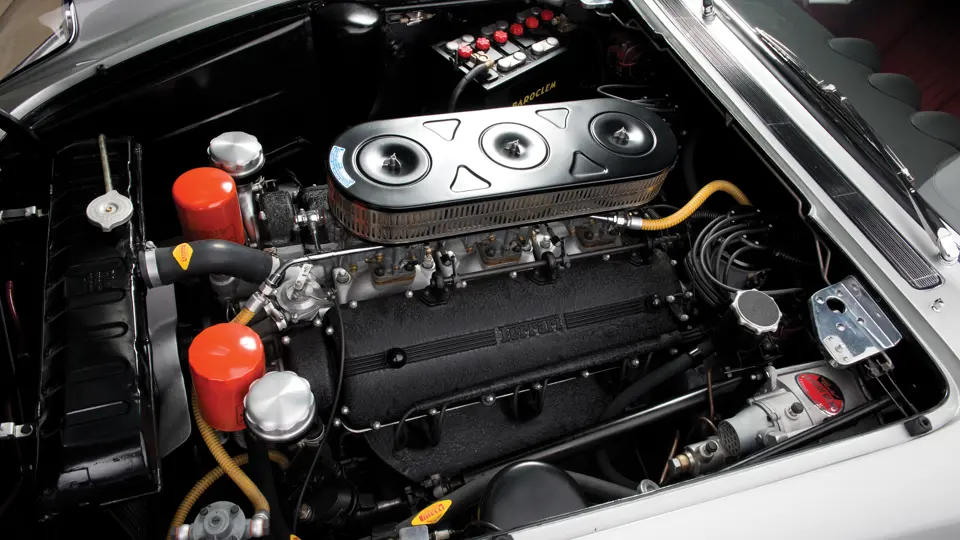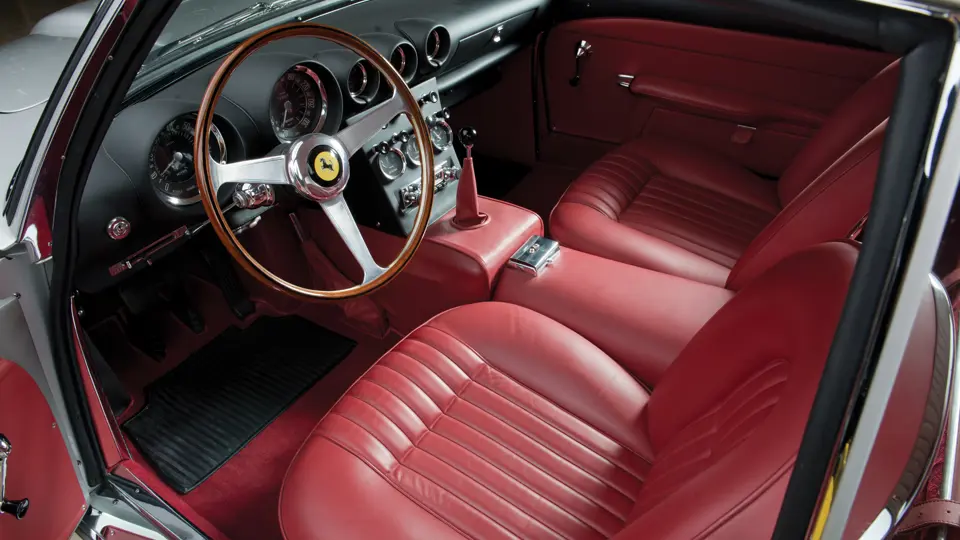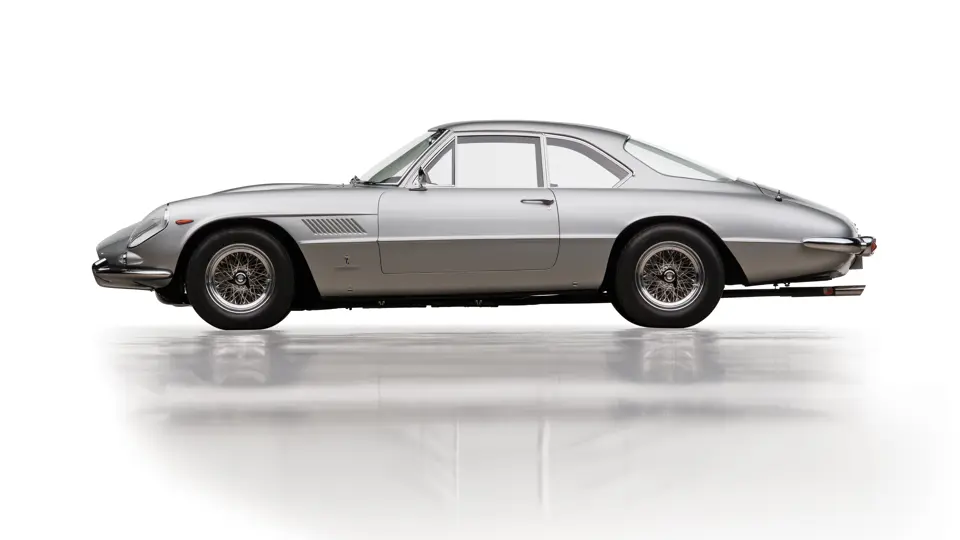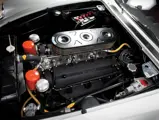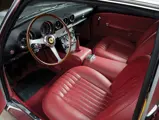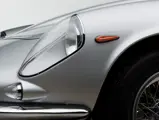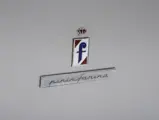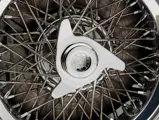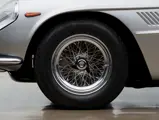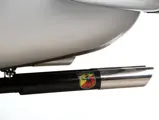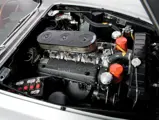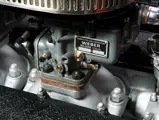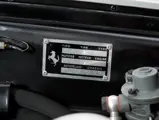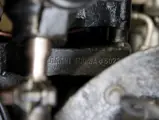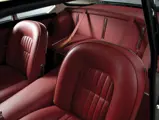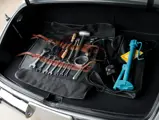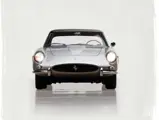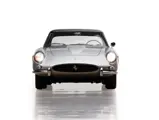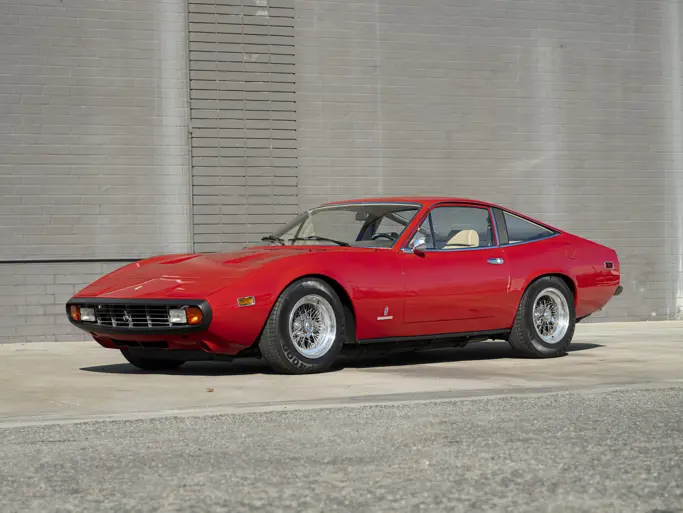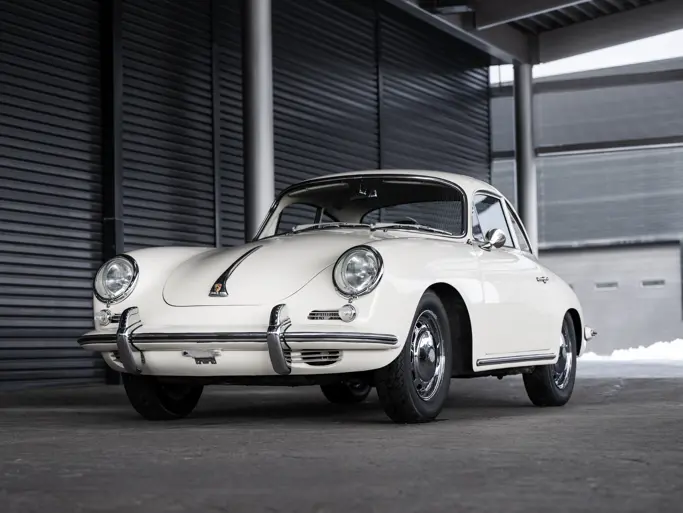
1963 Ferrari 400 Superamerica LWB Coupe Aerodinamico by Pininfarina
{{lr.item.text}}
$2,860,000 USD | Sold
{{bidding.lot.reserveStatusFormatted}}
- The 15th of 18 Series II long-wheelbase examples
- Meticulously restored in its original colors of Grigio Argento over Red leather
- Proven vintage rally and concours entrant; Platinum winner at the 2011 Cavallino Classic
- Matching-numbers example; a grand touring Ferrari par excellence
340 bhp, 3,967 cc SOHC V-12 engine with three Weber 40 DCZ 6 carburetors, four-speed manual transmission with overdrive, independent front suspension with unequal length A-arms and coil springs, live rear axle with semi-elliptical leaf springs and parallel trailing arms, and four-wheel hydraulic disc brakes. Wheelbase: 102.3 in.
THE 400 SUPERAMERICA AERODINAMICO
By 1963, Ferrari had established itself not only as a world-class manufacturer of sports racing cars but also as a manufacturer of the world’s best grand touring cars for the road. Enzo Ferrari had come to fully realize that in order to continue the success of his racing program, he needed to be able to create, market, and sell equally exceptional road cars. Throughout the 1950s, the Ferrari GT car had evolved immensely into a top-shelf luxury touring car, namely the 342 America and the 410 Superamerica, which became the last word in sporting luxury. However, these cars were known as heavy and unforgiving to drive, and many believed that such a prestigious automobile should have more refined driving dynamics.
To address these changes, Ferrari introduced the 400 Superamerica the 1959 Turin Motor Show. The 400 SA incorporated a number of changes from its predecessor, chief amongst which was a new Colombo short-block V-12 engine. The new powerplant was bored from its 250 GT dimensions of 3.0 liters to almost 4.0 liters, and it was fitted with the outside-plug arrangement that had proven to be so effective in the Testarossa sports racers. This new Superamerica also benefitted from Dunlop disc brakes at all four corners, which replaced the drum brakes on the 410 Superamerica, and an overdrive that increased the top end ratio by 28 percent. These changes markedly improved the car’s performance and road manners and brought its driving characteristics in line with the car’s overall level of luxury.
The earliest 400 Superamericas were constructed on Ferrari’s shorter 2,420-millimeter wheelbase and clothed in open coachwork by Pininfarina. When chassis 2207 SA, dubbed the Superfast II, was introduced at Turin in November 1960, it featured coachwork that had never before been seen on a Superamerica, and it stunned the crowd. The car’s body featured a pointed open-mouth nose that led to a slippery roof and belt lines that converged into a delicately swooped fastback tail that catered towards aerodynamics, helping the Superamerica cut through the air.
Two years later, at the London Motor Show in September 1962, Ferrari introduced a second-series 400 Superamerica. This car retained the distinctive Aerodinamico coachwork of its predecessors, but it now rode on the 250 GTE’s 2,600-millimeter chassis, which eventually replaced the earlier and shorter wheelbase chassis. Approximately 18 long-wheelbase Coupe Aerodinamicos were constructed when production came to a close in 1964, adding to a total of 35 Series II examples, which also included the earlier SWB Superamericas.
CHASSIS NUMBER 5029 SA
Chassis 5029 SA was built by Ferrari as the thirty-second of a total of thirty-five 400 Superamericas constructed. According to noted Ferrari historian Marcel Massini, it is also the 15th of 18 long-wheelbase examples built,. The car was completed by Pininfarina on November 14, 1963. It was fitted with desirable Aerodinamico coachwork and covered headlights and finished in Grigio Argento over Red leather, with matching red carpets.
In February 1964, this Superamerica was purchased new by its first owner, Autoservizi Maggiore S.r.l., which was located in Florence, Italy, and a month later, it was registered on Italian license plates, which read FI 244188. It would remain in the ownership of the company for just over a year before it was sold to its second Italian owner, Vittorio Giovanni Maggiore of Rome, and was reregistered in his name.
Five years later, it is noted that 5029 SA’s Italian registration was cancelled, as the car was exported to the United States, where it was purchased by Benjamin Caskey, of Palm Beach, Florida, who repainted the car a dark blue metallic. Caskey, a commercial developer, was also an avid enthusiast of classic cars and a member of both the CCCA and AACA. He would go on to own the Superamerica until his passing in 1987, at which time the car was retitled in his widow’s name, Edna H. Caskey. Mrs. Caskey kept the car for another 10 years, until February 1997.
Shortly thereafter, the Superamerica was sold to Mark Smith, of Skippack, Pennsylvania, who brought the car back to running condition, as described in an ad placed in the Ferrari Market Letter in October 1997. The car was sold shortly thereafter to Massimo Rossi, of Nyon, Switzerland, and it returned to Europe, being imported on January 7, 1998, and still wearing its dark blue paint, but now with a black interior.
Over the next few years, chassis 5029 SA was fully restored by a team of specialists located in both Switzerland and Italy. Carrozzeria Zanasi in Maranello was tasked with bodywork, Tappezzeria Luppi in Modena handled the interior, and Ferrari Suisse SA was commissioned for the engine work. The car was also returned to its original color combination, and the results were truly spectacular. In March 2004, the Superamerica was driven by Rossi in the Coppa Milano San Remo rally, proving the competency of the restoration.
Afterwards, the car was sold by Rossi, and in 2005, after being purchased by noted collector Lee Herrington, it travelled back to the United States. It was subsequently purchased by the Andrews’. Since then, the car has been sparingly used, although meticulously maintained, ever since, and it remains in truly remarkable condition.
It received a full service by Bob Smith Coachworks in Gainesville, Texas, prior to being shown by the Andrews’ at the Amelia Island Concours d’Elegance in 2010. Furthermore, it was shown once again by the collection at the Palm Beach Cavallino Classic in January 2011, where it earned a Platinum award, which further asserted the quality of the car’s restoration. The car retains a proper tool kit and jack and its original manual, as well as invoices from its service by Bob Smith Coachworks.
The 400 Superamerica is often considered to be the grandest of Ferrari’s grand touring automobiles, as it is utterly uncompromising in every sense. The Superamerica offered its owners nothing but the finest in terms of automotive technology, with cutting-edge design, performance, and luxury. This particular Ferrari is one of the final examples constructed, and it is truly capable of anything its next owner desires.
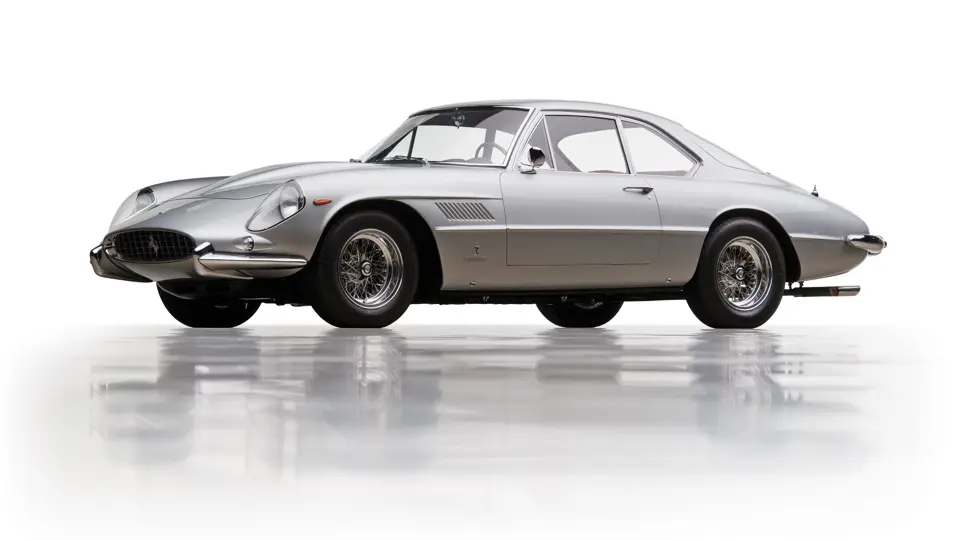




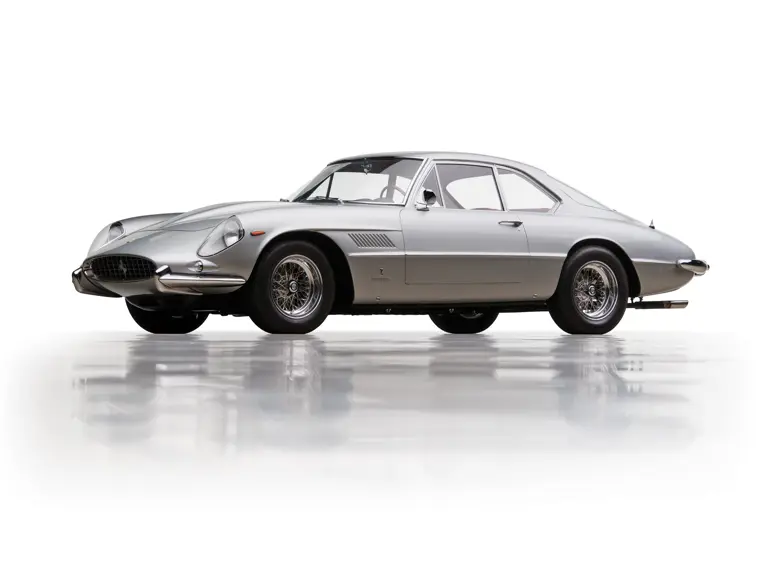
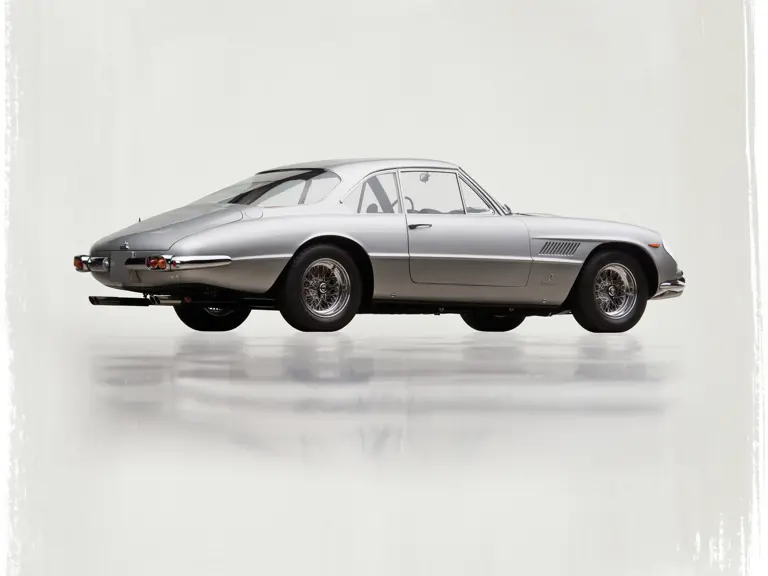

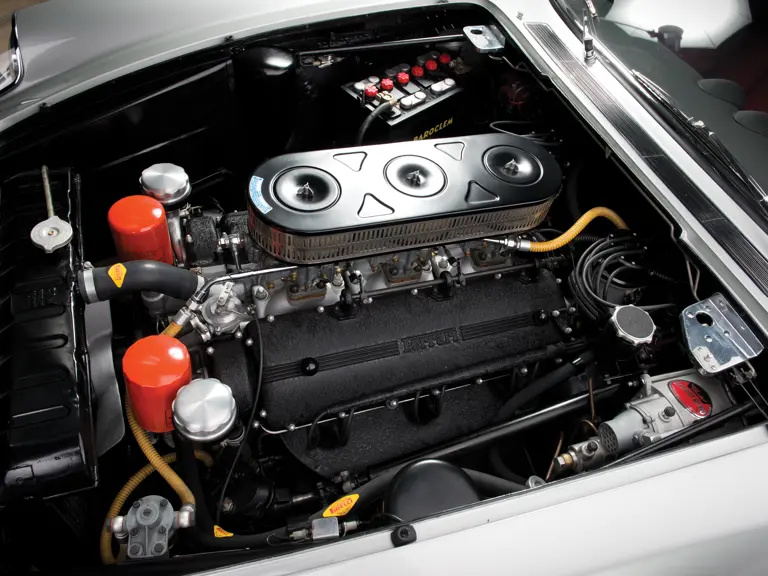
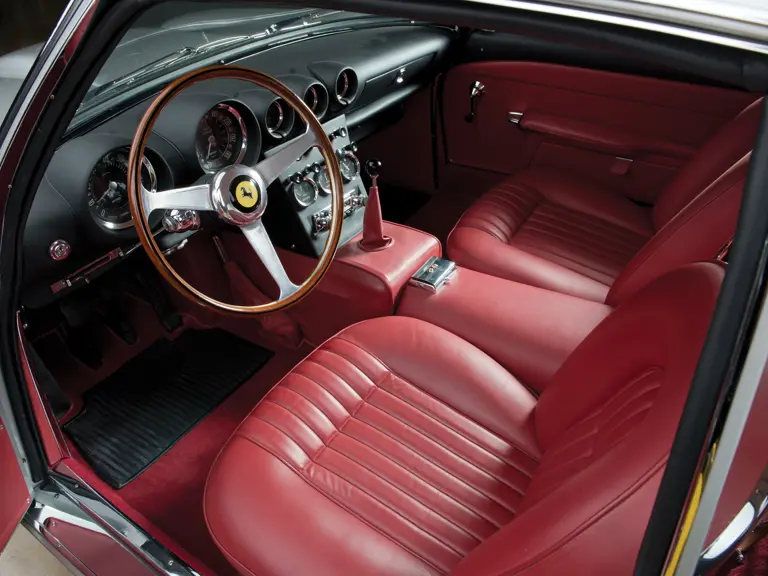
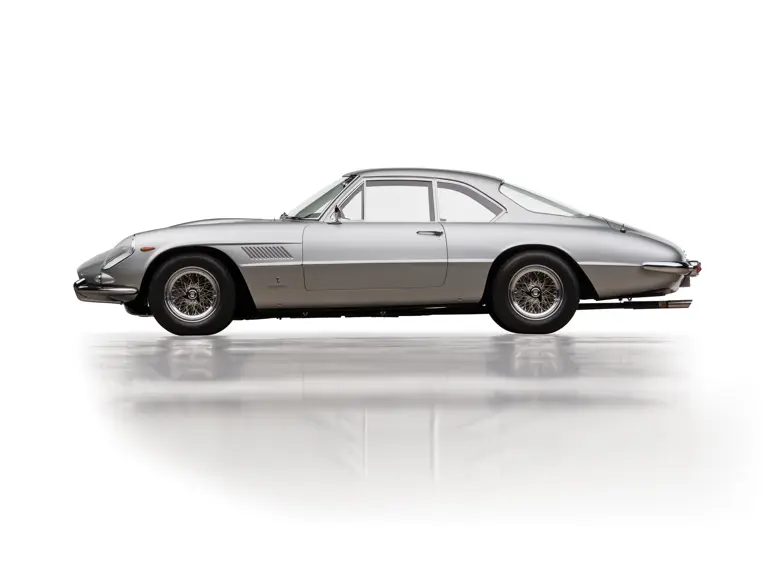
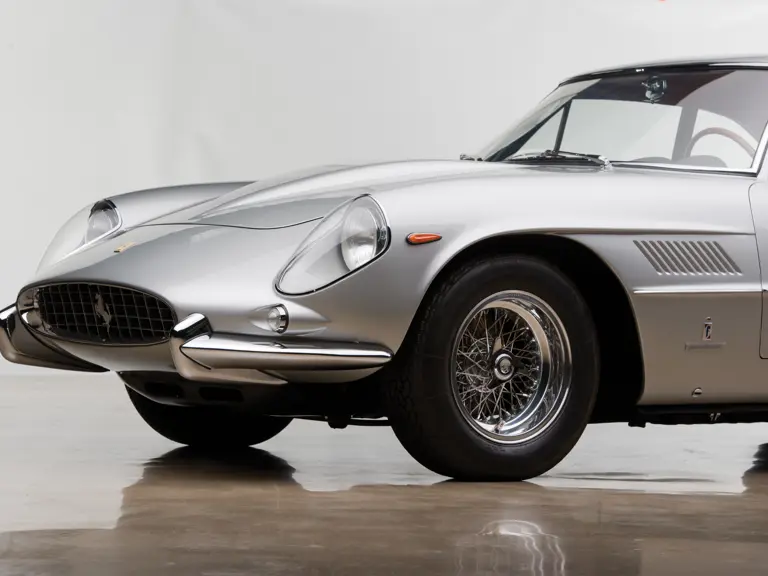


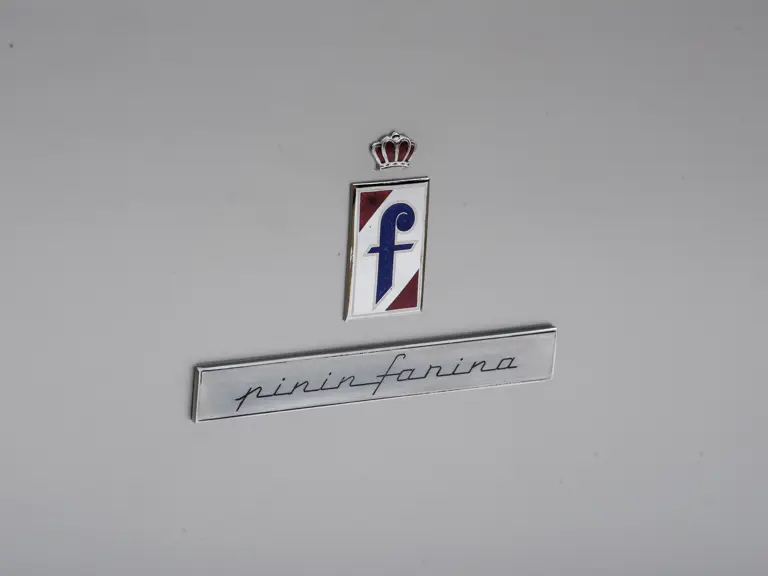

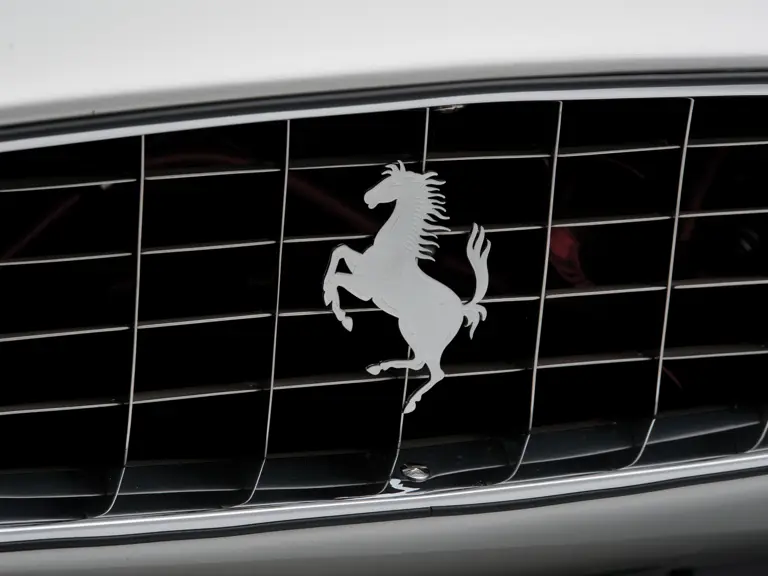

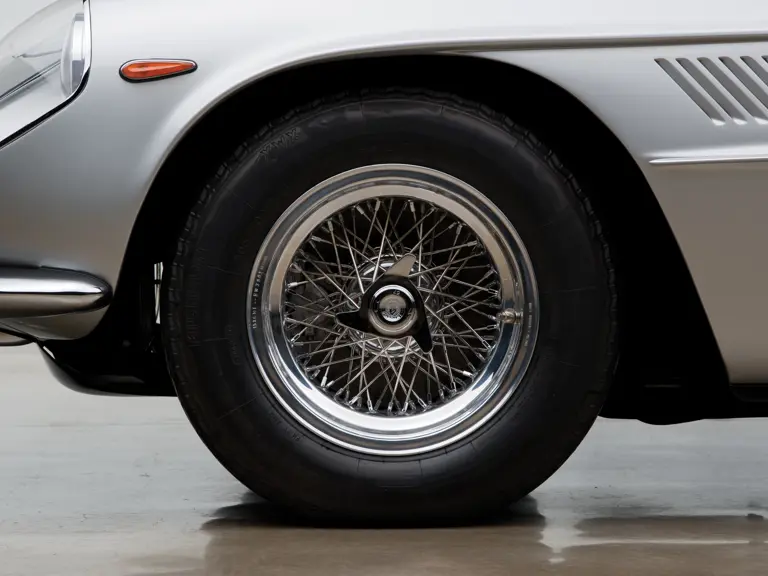

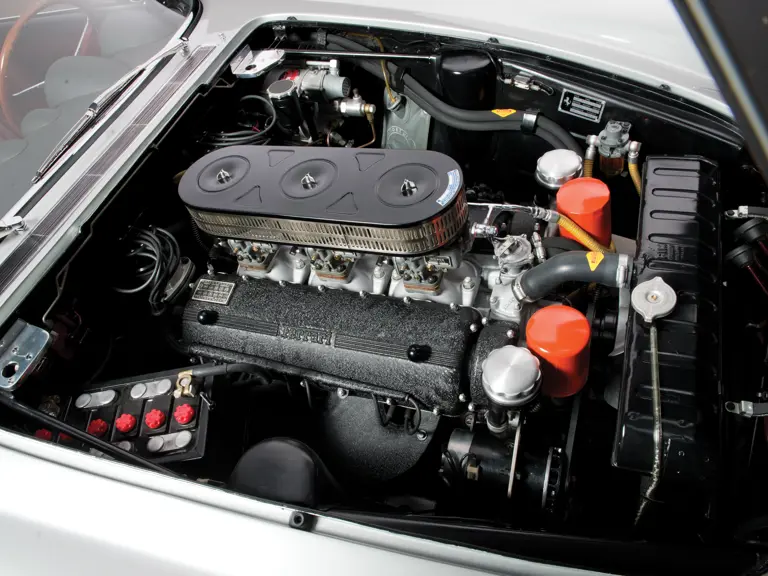
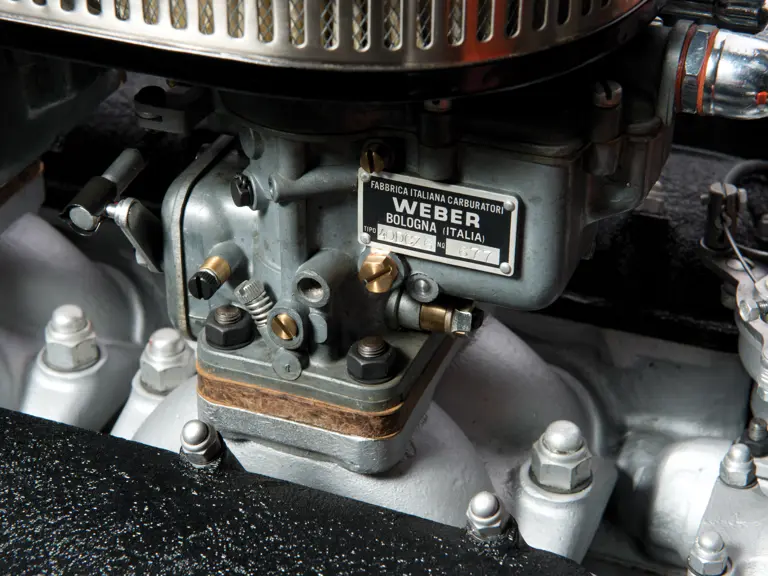
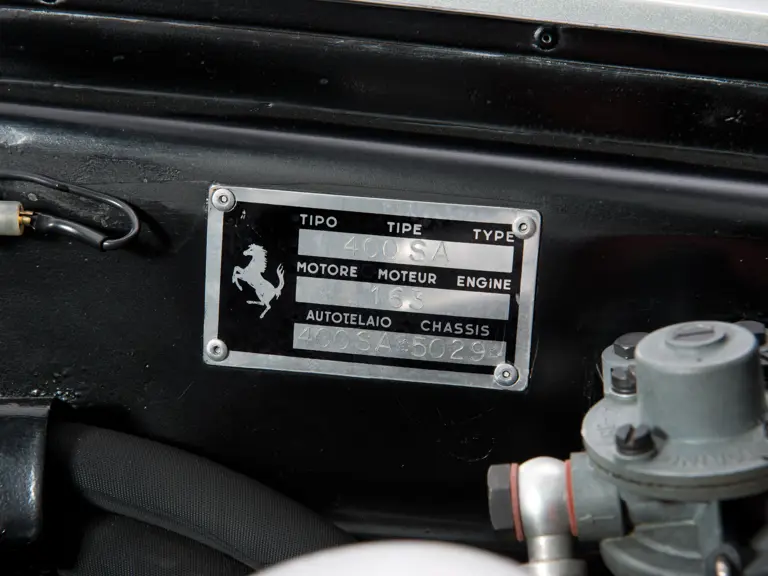
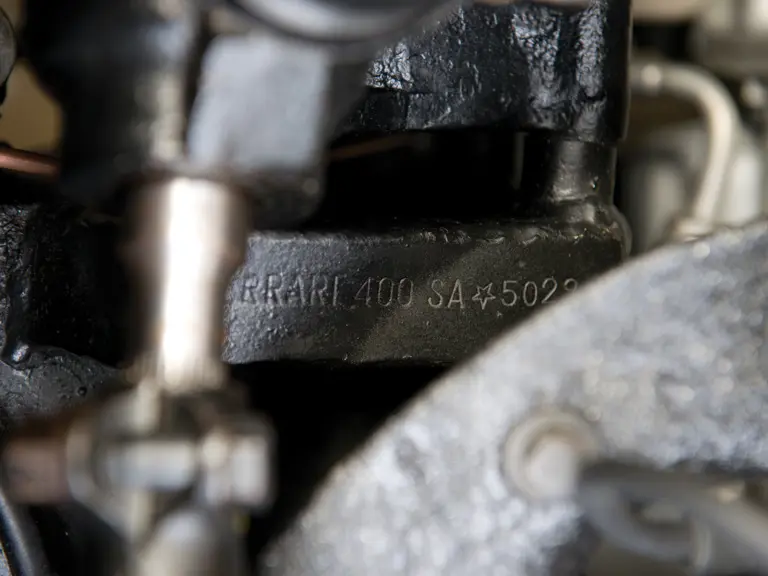
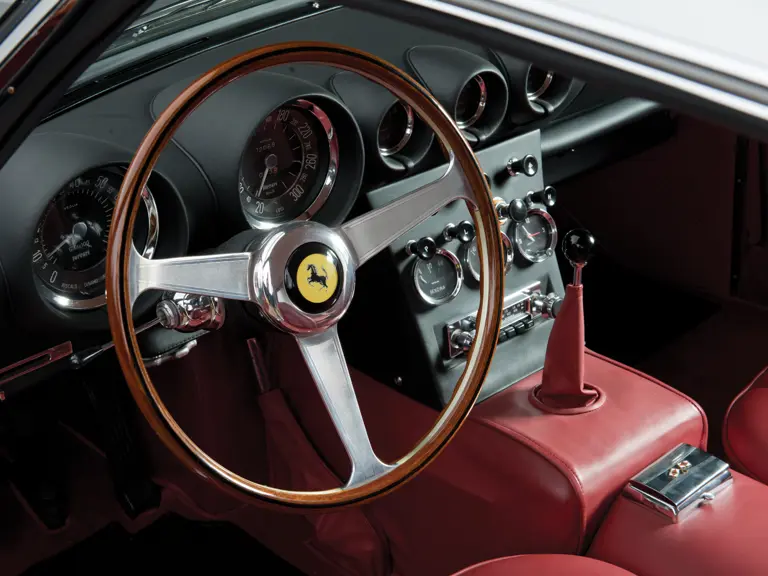
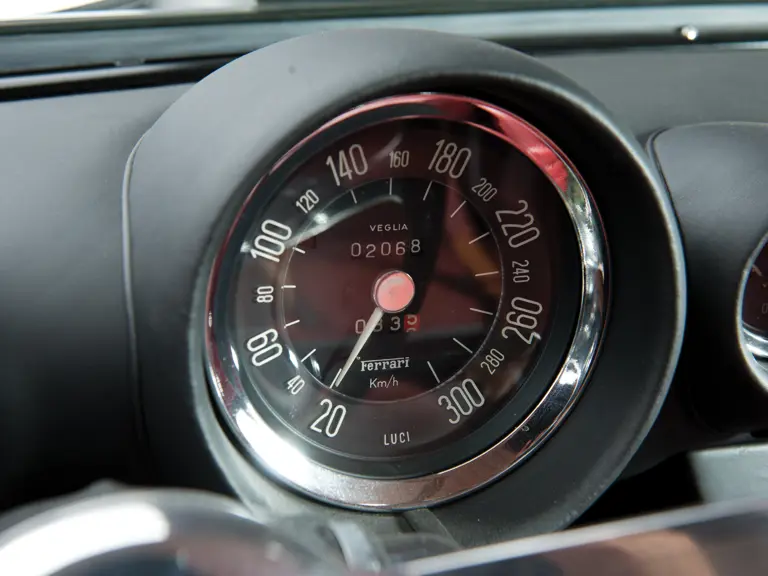

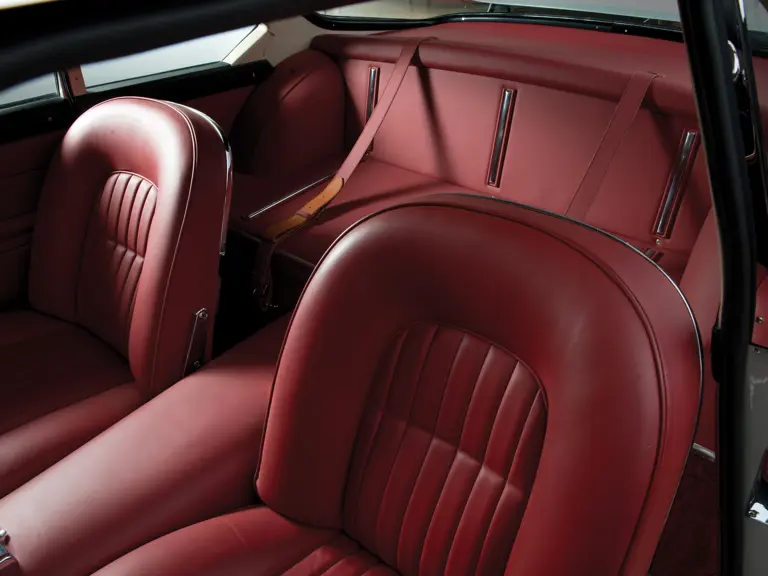
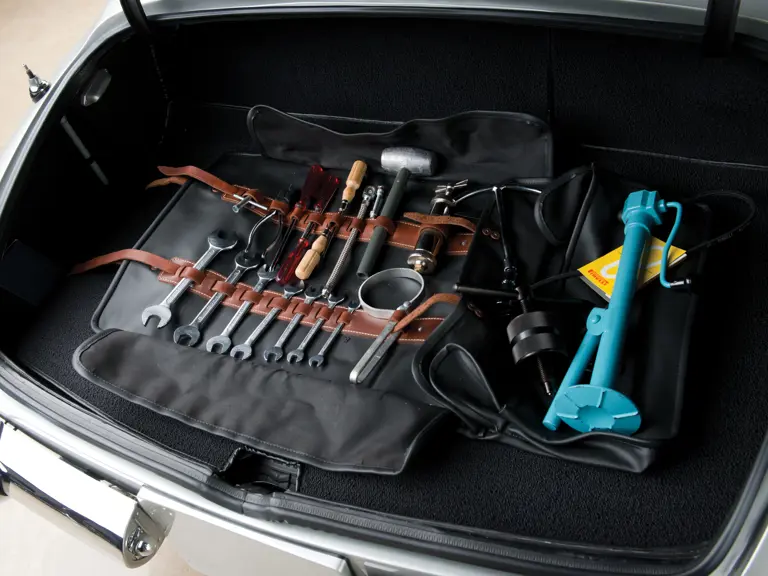
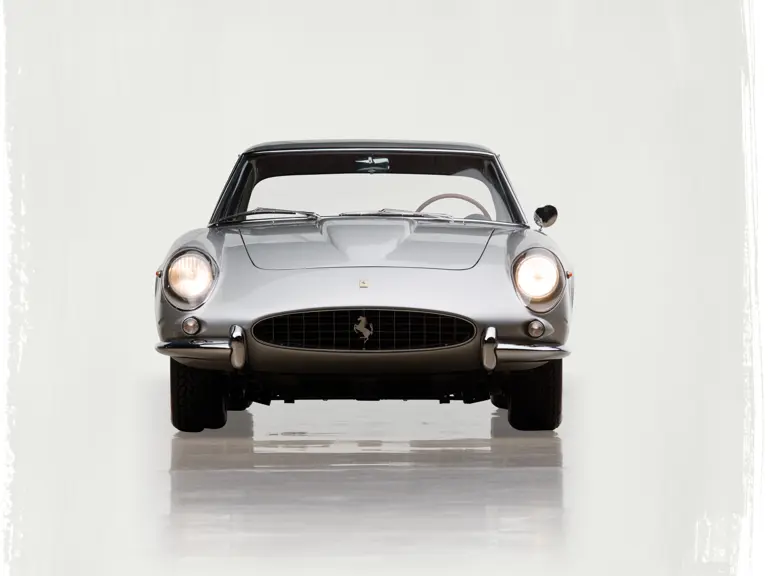
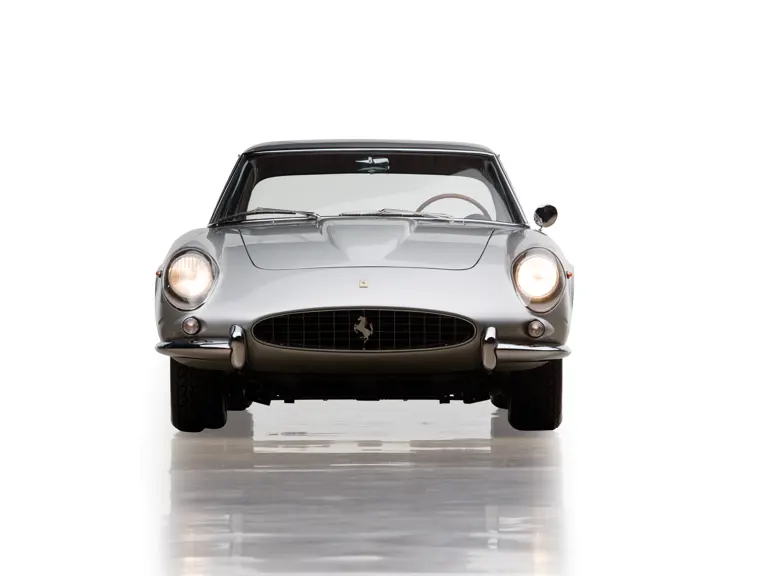
 | Fort Worth, Texas
| Fort Worth, Texas
